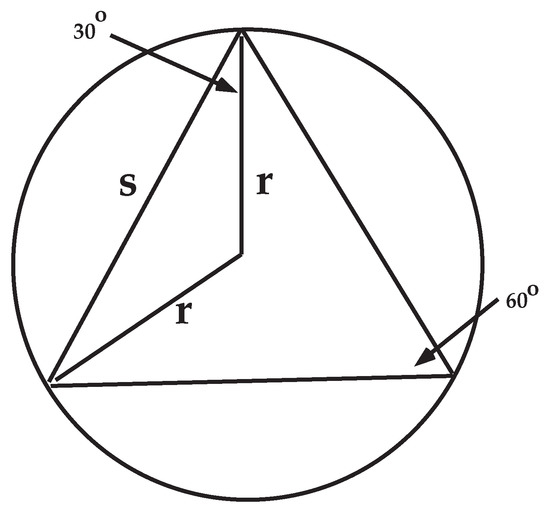Side bets look harmless, a modest chip on the felt for a chance at a sharper thrill, yet their math behaves very differently from the base game. Understanding that difference is the quickest way to keep sessions steady, your expectations realistic, and your bankroll intact. This piece unpacks house edge, variance, correlation with the main wager, and the few numbers that actually matter when you decide whether a side bet belongs in your routine.
What makes side bets feel bigger than they are
Compared with the main wager, side bets typically trade frequency for payoff size. They hit less often but pay more when they do, which raises variance even if the stake is small. Most paytables are “top-heavy”: a rare event-suited trips in blackjack, a particular three-card combo, a single number with a kicker, carries a disproportionate share of the return. That shape creates drama but also long dry spells.
It’s useful to think in expected value terms. If a $1 side bet returns an average of 90¢ over the very long run, you’re paying a 10% “ticket” for volatility and spectacle. You might still buy that ticket – just do it with eyes open, because the path to that 90¢ is lumpy rather than smooth. For practical guardrails and a safety-first mindset, you can read more about session controls and risk checks before you experiment – the aim is informed play, not guesswork.
Variance, streaks, and right-sizing your stake
Variance is the spread of outcomes you feel from spin to spin or hand to hand. Side bets magnify that spread. Two quick implications follow. First, bankroll: the same session length requires a smaller bet size on a high-variance wager than on a steady one. Second, psychology: clusters of misses are normal, and a single hit can dominate your results.
A simple calibration works well: size side bets at a fraction of your main wager – e.g., $1-$3 alongside a $10 base bet – and cap total exposure so a cold patch can’t drain your session. If you want to press after a win, do it by tiny increments and set a pre-agreed ceiling. Discipline keeps the fun part fun.
- Treat side bets as seasoning, not the meal – no more than 5–15% of total action per session.
- Pre-set a stop-loss for side bets separate from the base game.
- Track time as well as balance – end on schedule, not on emotion.
- Log a handful of sessions to see how the variance actually feels to you.
Paytables, combinatorics, and the frequency illusion
Many side bets reward patterns that look “close” on the felt but are rare in the deck math. For example, three-card mixtures tend to over-index in highlight reels while the most common outcomes quietly chip away at your stack. The frequency illusion shows up when you start noticing those rare patterns everywhere after one hit – the brain tags them as “due.” Resist that pull. What matters is how often a result truly occurs and how much of the total return it carries.
Also watch for weighted tiers: “any pair,” “colored pair,” “suited pair” are not three independent events with equal odds – they’re nested categories with sharply different probabilities. If a rule sheet is vague, assume the rarer tier is doing most of the heavy lifting in the advertised top payout.
Correlation with the main game
Some side bets draw on cards or numbers already in play, creating correlation with your base hand. In blackjack, 21+3 uses your first two cards plus the dealer’s upcard; the same distribution that produces strong player starts can also trigger bonus patterns.
That correlation doesn’t make the wager “smarter,” but it does amplify swings – hot shoes feel hotter, cool stretches feel colder. In roulette and craps, many props resolve independently of sensible base strategies, so coupling them to your main stake can increase randomness without increasing control. Keep the two streams mentally separate.
A simple, test-and-learn approach
Treat new side bets like software in beta. Start tiny. Read the help screen slowly – eligibility windows, minimums for top tiers, and whether all stakes qualify matter more than theme. Play short, fixed-length sessions and jot down outcomes. If the variance feels stressful at your current sizing, the correct fix is to shrink the stake or drop the bet – not to chase a “make-up” hit. After a few sessions, you’ll have a personal verdict rooted in data and comfort, not hunches.
Bottom line
Side bets are small wagers with outsized variance. They can add texture to a session when you size them modestly, separate them from your core strategy, and respect what the paytable is really telling you. Understand the shape of returns, keep your guardrails visible, and let the math – not the moment – decide how much action they deserve.






